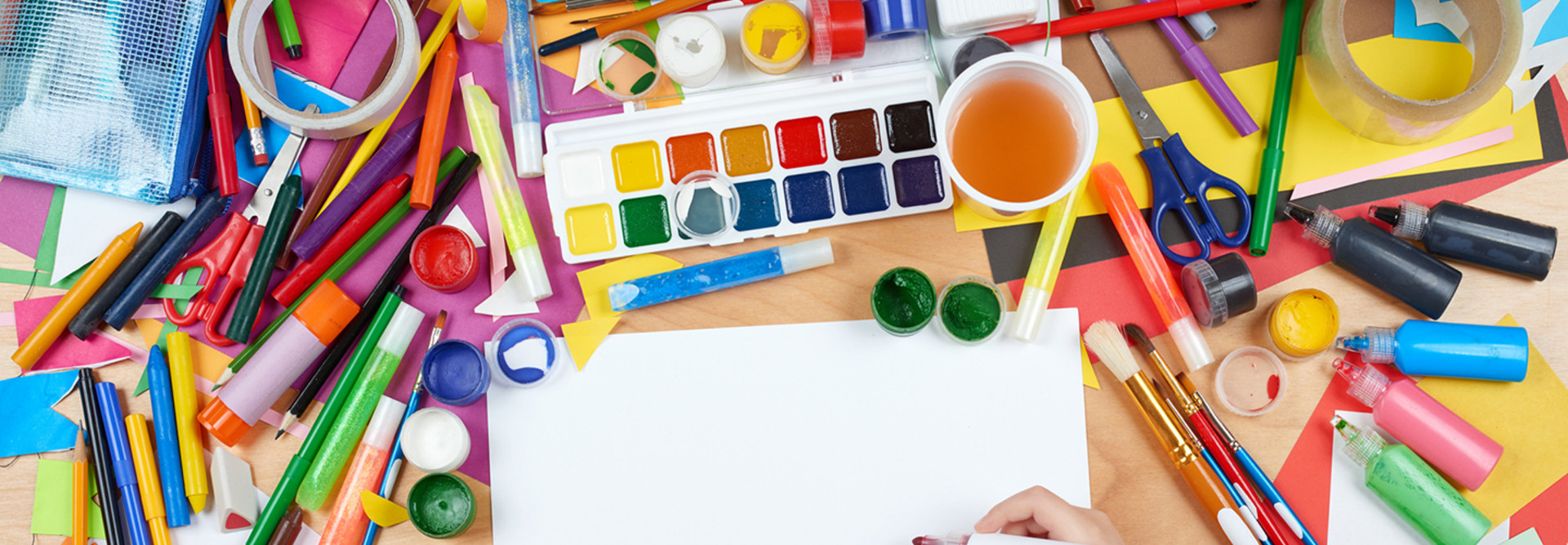5 Tips to Create a Cost-Effective Makerspace Quickly
In the 2015 New Media Consortium Horizon Report, makerspaces were recognized as one the six most important educational technology developments.
“Makerspaces are increasingly being looked to as a method for engaging learners in creative, higher-order problem-solving through hands-on design, construction, and iteration,” the report says.
As Laura Fleming, a library media specialist from New Milford (Conn.) High School, said in the Spring 2016 issue of EdTech: Focus on K–12, a good makerspace is one that puts the learner first.
That being said, creating a makerspace that teaches students the skills to aid them in creative and technological futures doesn’t necessarily require renovations and a rollout of new tech.
Fleming’s space, for example, thrives on donations of old computers from her school’s IT department. Here are five other ways to create a makerspace now.
1. Don’t Focus on High-Cost Equipment
Last year, one of my teachers wanted to start a new makerspace program at the A. Harry Moore School at New Jersey City University. What I learned over the course of the year is that it is more important to spend the time to make sure staff and students understand the maker concept than to spend a lot of money on materials. Some of the tools for creation can be purchased at the dollar store.
2. Emphasize the Engineering Design Process
Teachers and students can learn a lot from following the engineering design process. They learn to define a problem, brainstorm a possible solution, propose an approach, find the tools and materials, be flexible, try, fail, and try again.
3. Have Students Solve Problems They Care About
Using maker time to allow students to solve problems that relate to their everyday lives will create 21st century learners. Two of my teachers will be teaching an innovation station class this fall. Many of our students are wheelchair dependent. One of the first problems they are going to tackle is how to design items that will make their wheelchairs look more visually appealing.
4. Invest in Small, Reusable Tech and Nontech Products
A Strawbees maker kit is around $20 and comes with straws and connectors to make bridges, cranes or even animals. In our school, we used this kit on Maker Day to have a tower-building contest.
On the more technical side, a littleBits base kit is a good investment for students to create inventions that can be taken apart easily for reuse. Also, it’s quite small, so storage in a classroom without a lot of space is easy.
5. Recycle Old Classroom Furniture and Tools to Make Something New
Like Fleming has done with her school’s old computers, don’t think that you have to get a bunch of new materials. Think about how you can use this as an opportunity to combine the old with the new. Create a makerspace in the corner of a classroom with an old table and a set of Legos. Also, never underestimate the value of some cardboard in the corner of a classroom mixed with the imagination of a child.









